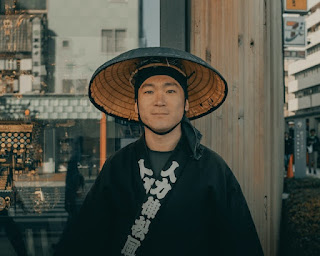Best Japan Travel Guidebooks
Japan is a captivating and unique destination that attracts travelers from all over the world. With its rich history, stunning natural beauty, and unique culture, it's no wonder that Japan is on so many people's bucket lists. If you're planning a trip to Japan, a good guidebook can be an invaluable resource, helping you to make the most of your time and experience in this amazing country. When choosing a guidebook for your trip to Japan, it's a good idea to consider your own interests and needs. Some guidebooks, such as Lonely Planet and The Rough Guide, offer more in-depth cultural and historical information, Other guides, such as Fodor's and Frommer's, focus more on practical information and recommendations. It's also a good idea to compare the coverage and recommendations of different guidebooks to find the one that best suits your needs. In today’s post, we'll take a look at some of the best Japan travel guidebooks available to help you plan...


%20(2).jpeg)
